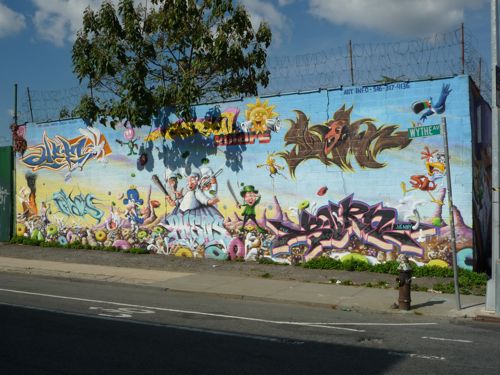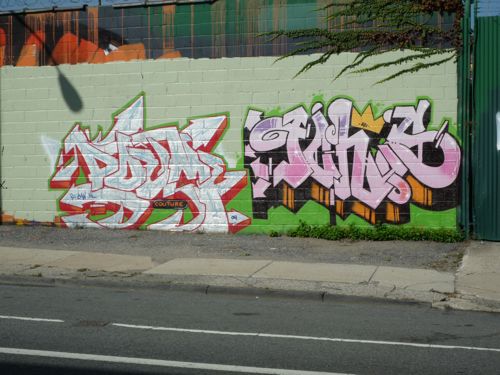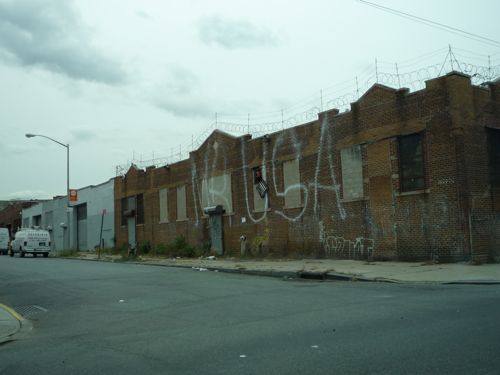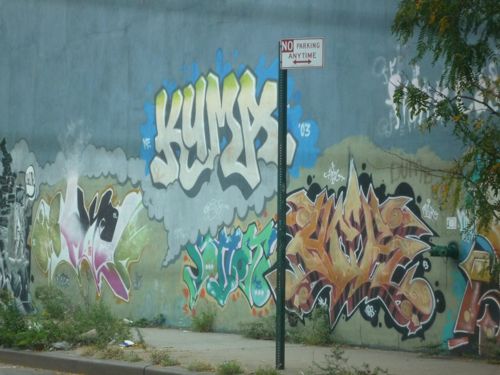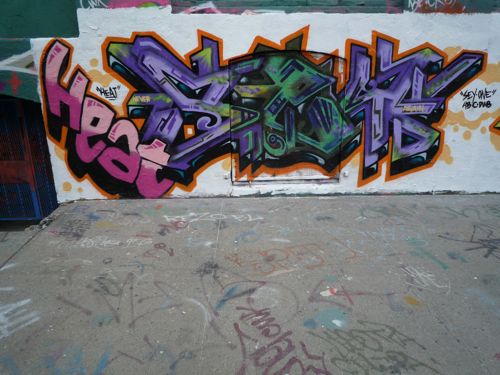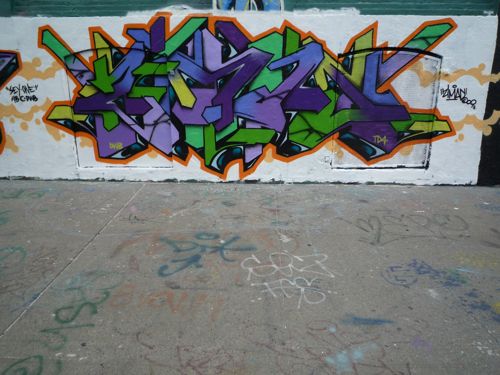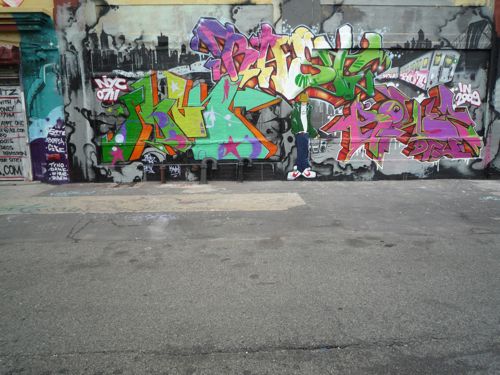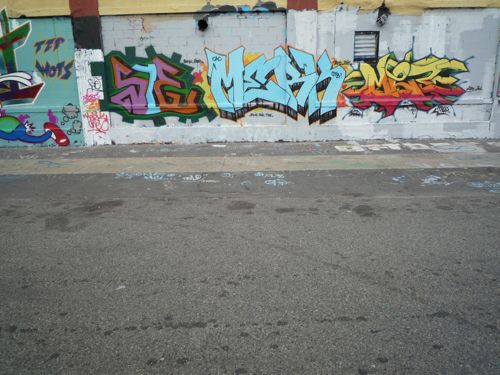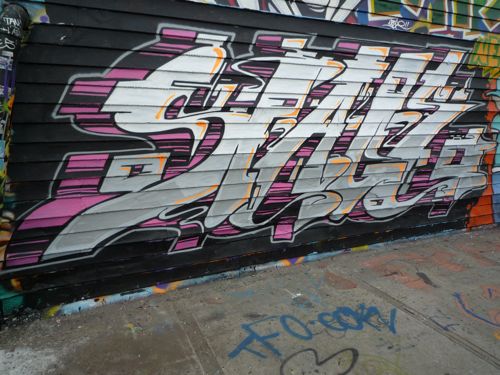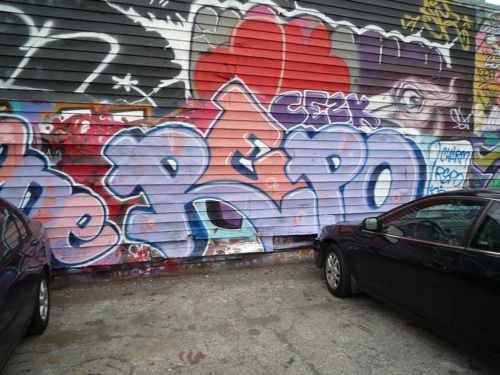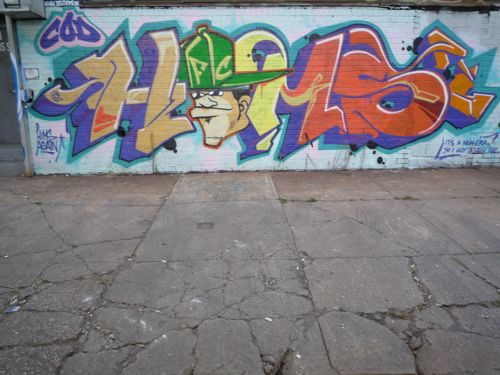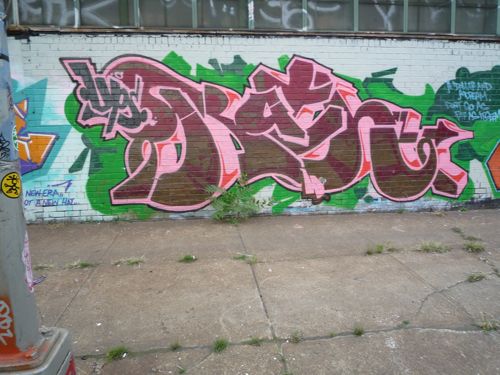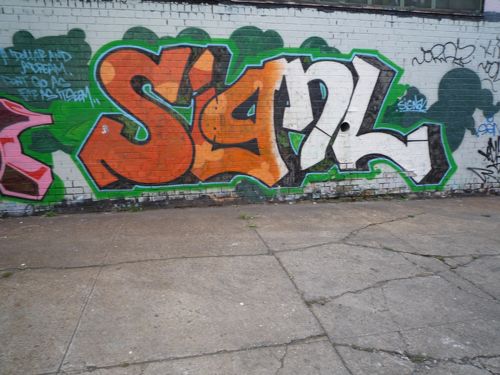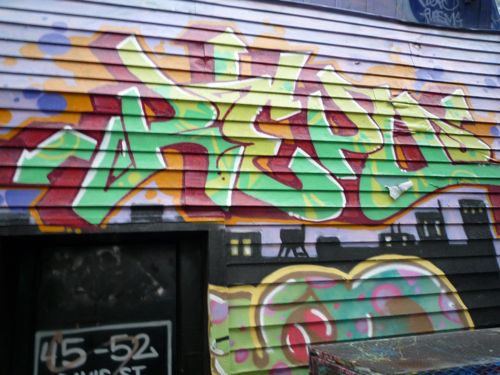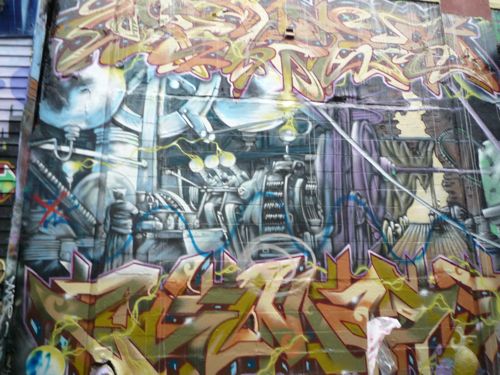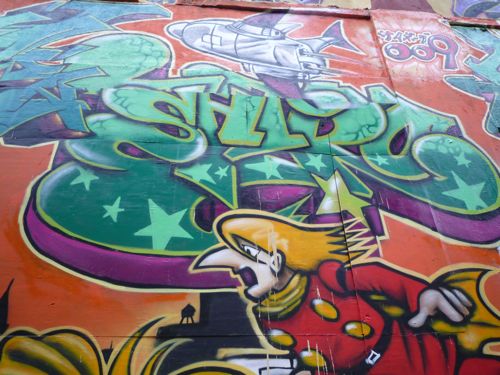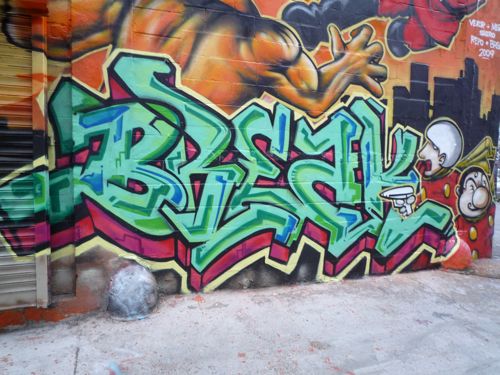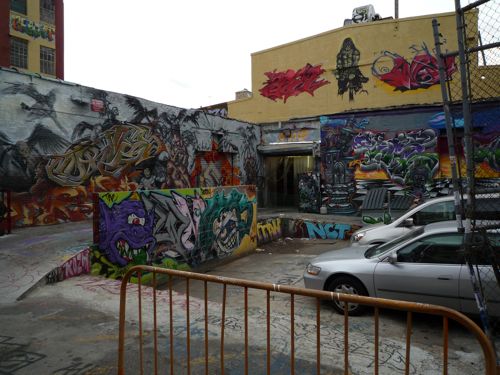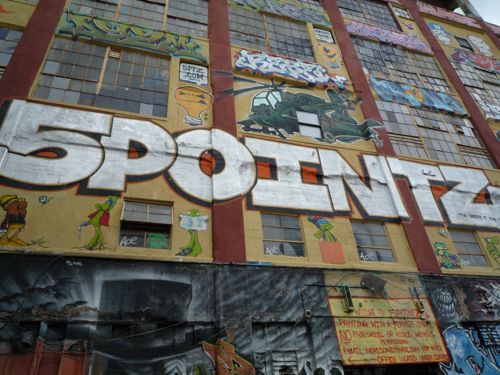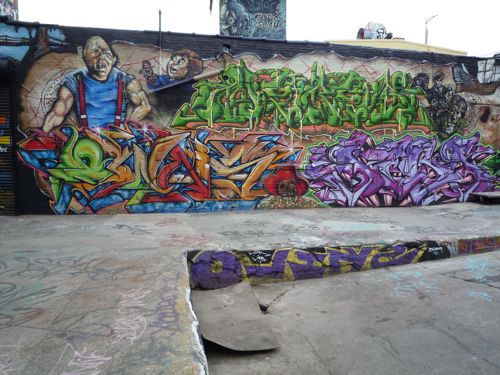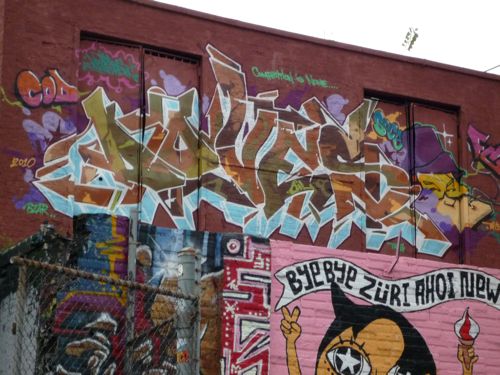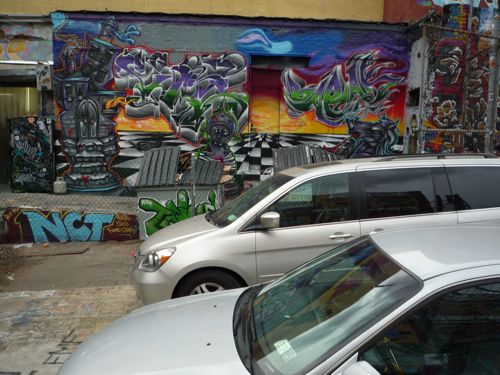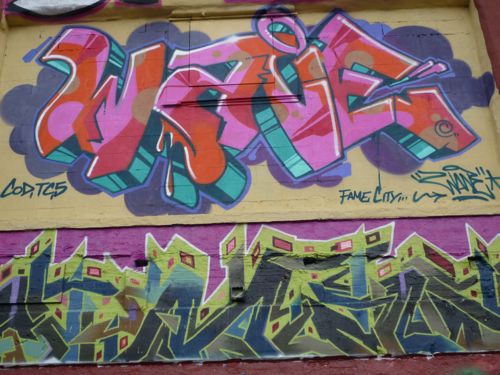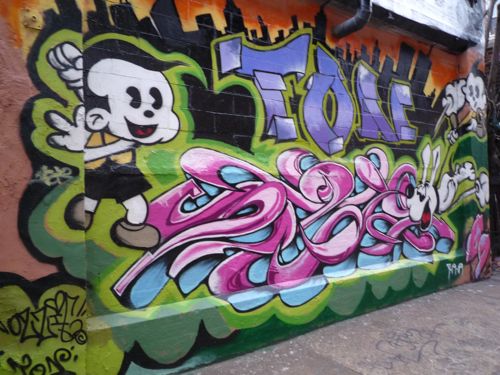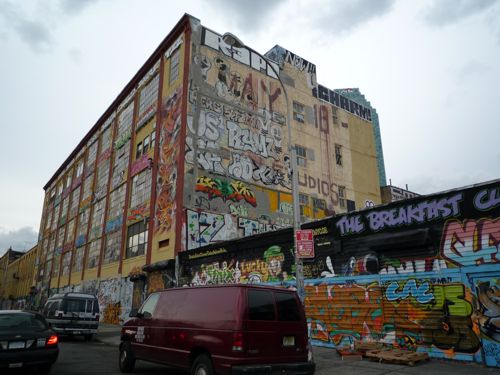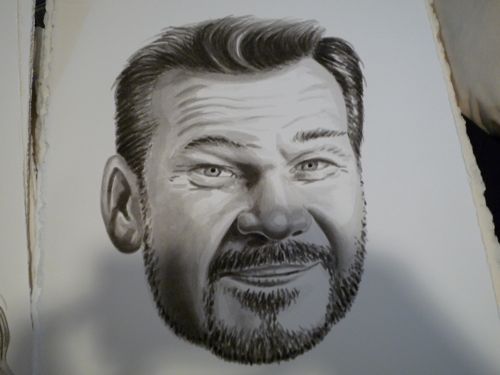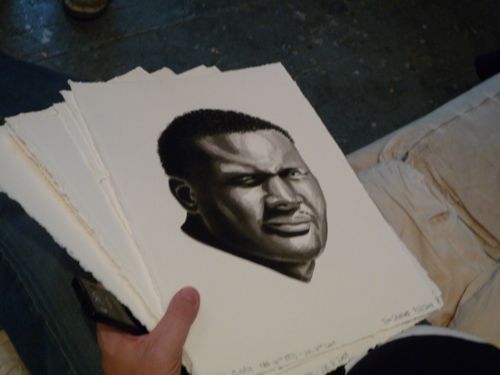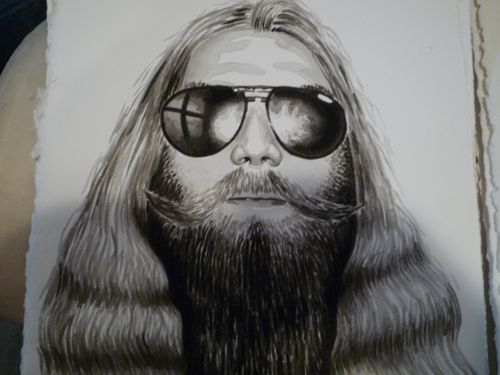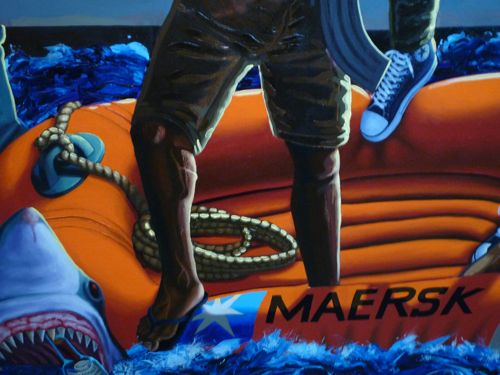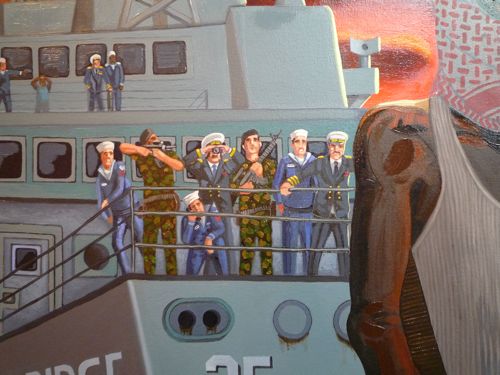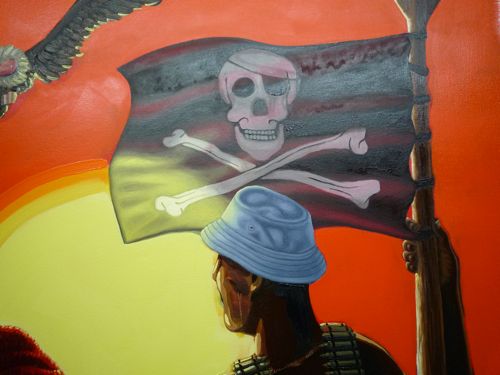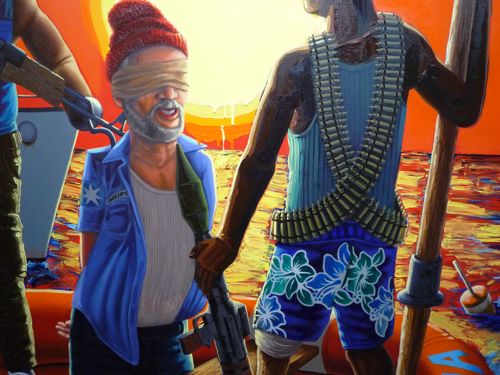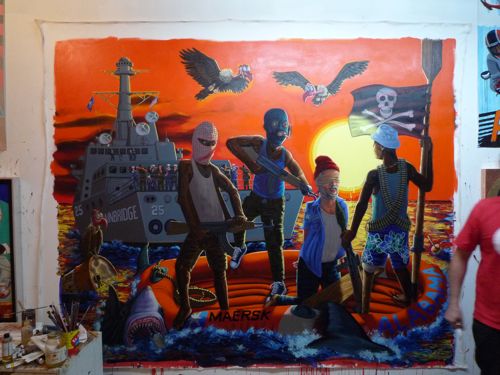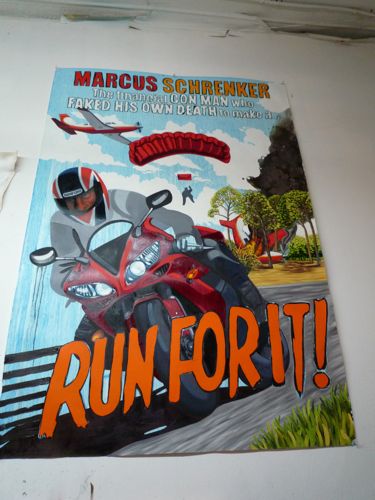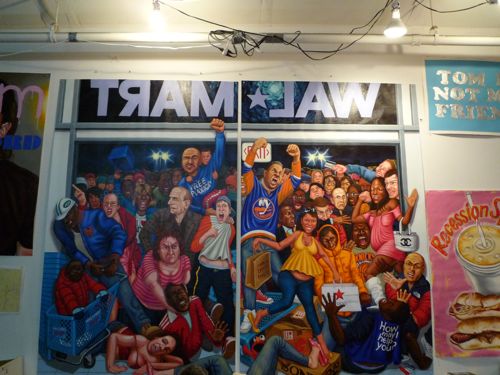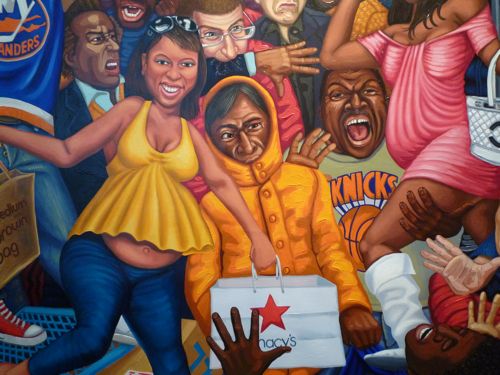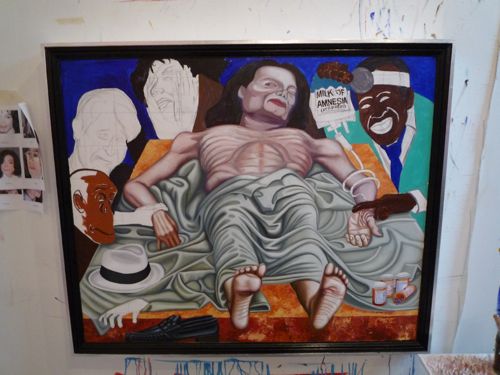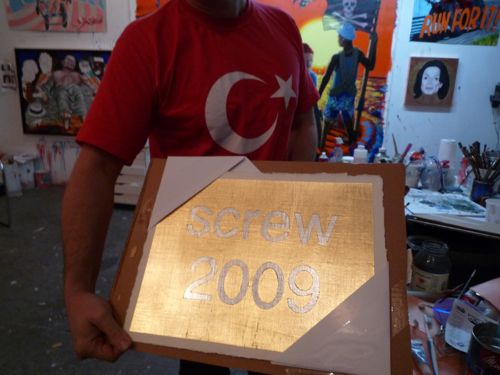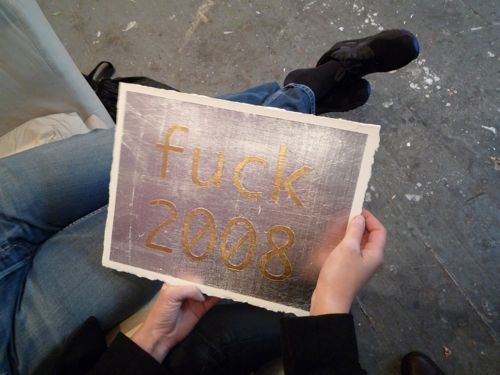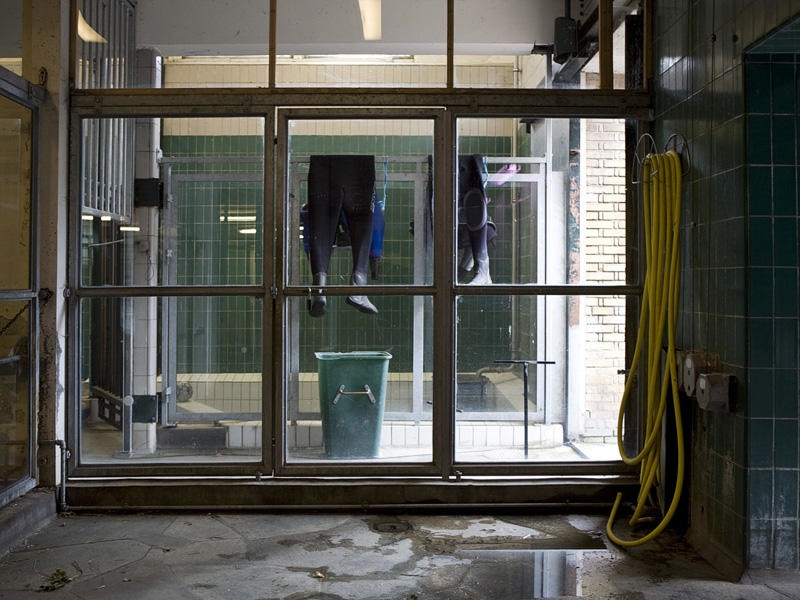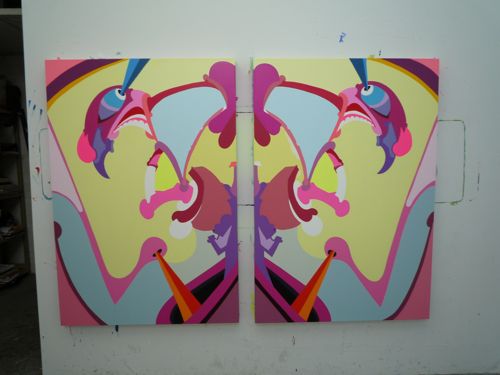
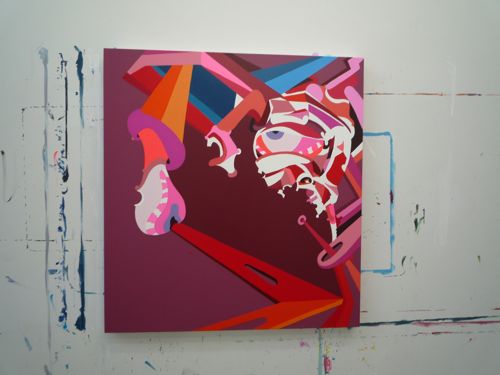
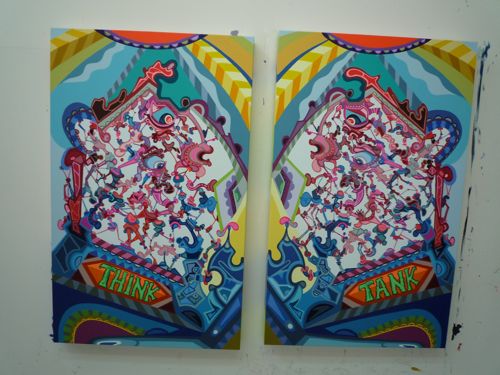
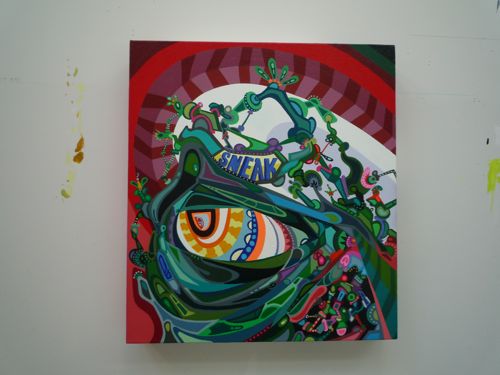
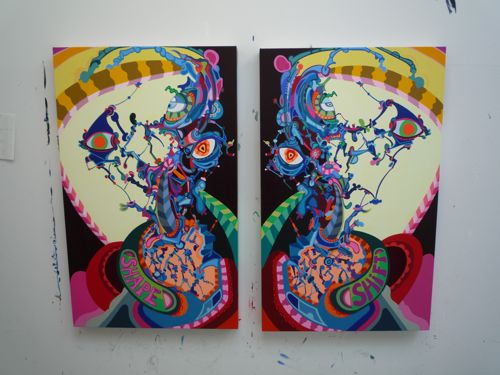
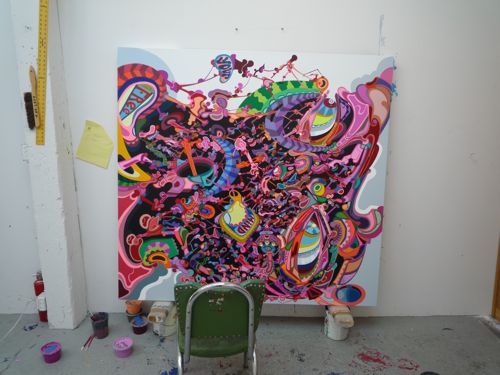
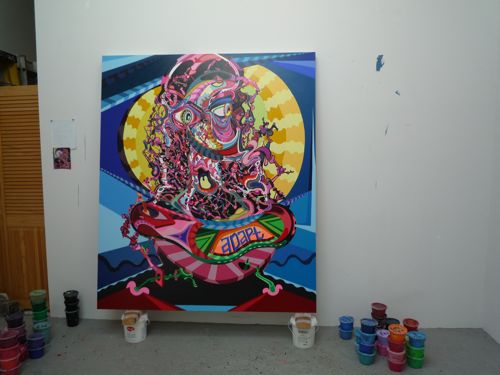
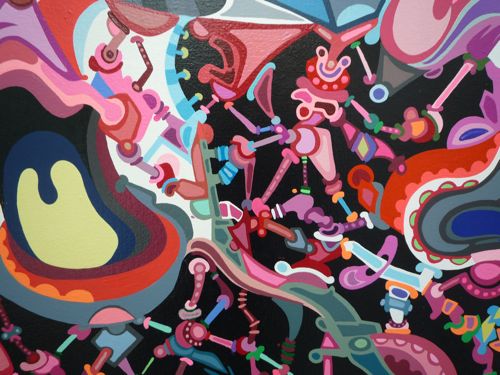
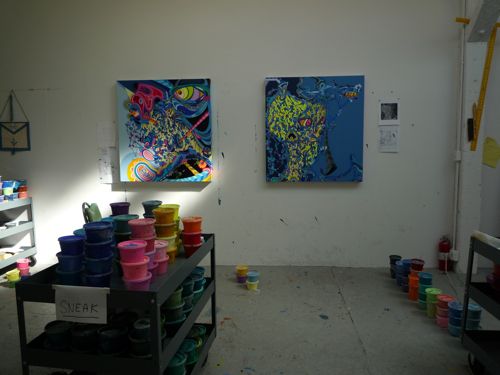
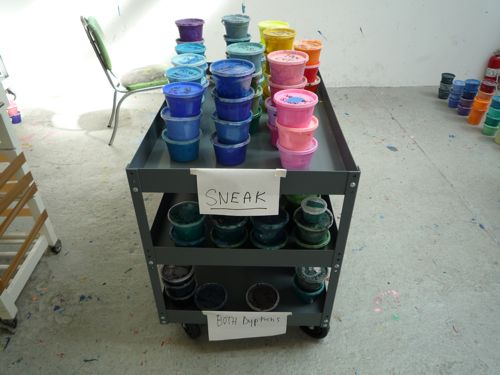
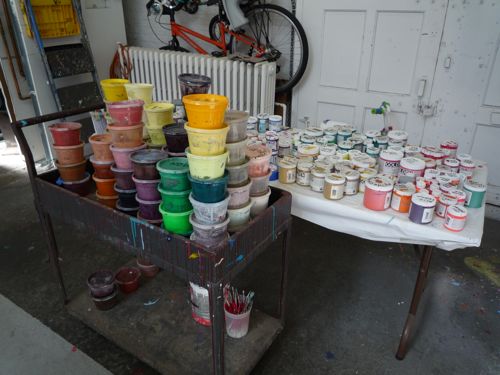
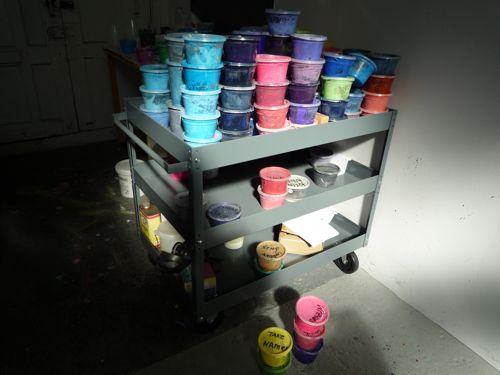
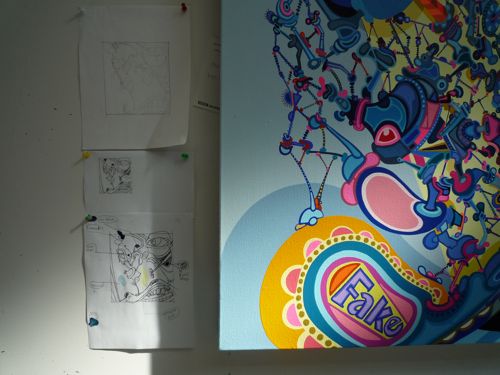
Month: October 2009
Graffiti New York City !
Hannes Schmid
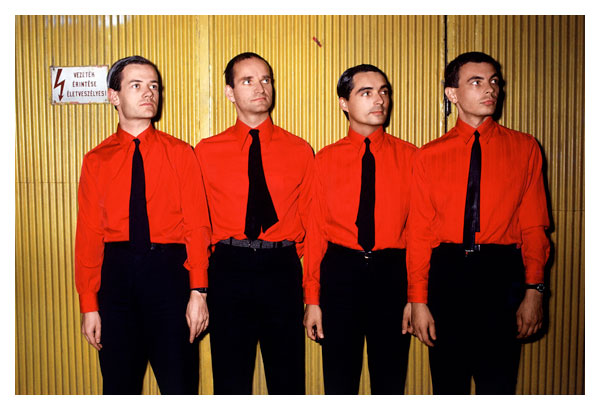
Hannes Schmid: ROCKSTARS
The seventies and early eighties were the golden ages of Rock and Pop. It was
during this time the internationally regarded Swiss photo artist Hannes Schmid
closely accompanied over 250 rockbands and individual stars with his camera in
a spirit of friendship. Schmid photographically traced the life of the
musicians all the way to their iconization as rock stars, with his work
ranging from pictures of intimate moments in the domestic sphere, to capturing
the artists on tour and on shared vacations, and sole portraits of the
musicians. After 30 years Hannes Schmid has finally opened his archives and
with the exhibition at Galerie Nicola von Senger as well as an exceptional
publication is making a selection of his images accessible to the public for
the first time.
The works of Schmid awaken a comprehensive visual process, which frame a
discourse between preproduction. In hiis photographs of rock musicians, associations of deep bonds
with the key characters are evoked and claims to private memories are raised,
mirroring human inconsistency. His images reveal a particular empathy and
closeness to the individual, and his frontal portraits became his trademark.
Just flipping through the collection, ambivalent appearances of the
protagonists become distinguishable. Genesis guitarist Mike Rutherford as a
father and nature lover at his country house, and then again as an English
dandy with a plaid coat and a color-coordinated shawl. Barkley James Harvest
singer John Lees down on the farm and striking a very similar pose as a band
member in his stage costume. Les Holroyd on tour wearing makeup, then as a
horse whisperer and finally, alone, in his swimming trunks on the beach at
Malta. The embedded photography and natural perspective of the musicians’ life
is instrumental to reveal the stars in the context of everyday living.
With his unpretentious use of the camera, Hannes Schmid leaves it to the
musicians to present themselves. Thus, by their unique actions, the musicians
enhance the essence of their own persona. By a virtually deviant and
hyperbolized ostentation they stake so to say a claim for distinctiveness.
Pictures such as the dining table laid in a bourgeois way on the night of a
Foreigner concert, or Suzie Quatro depicted as the girl next door speak of a
world that can’t be so very different from ours. Conversely, the family
picture around the fireplace of bassist Trevor Bolder of Uriah Heep appears
absurd. In this case, Hannes Schmid achieved to capture the changeability of
the protagonist with his camera and so created an eerie closeness to this
seemingly normal family. It becomes quite clear that his photos display
exactly what has been seen. Schmid reveals the authenticity of the scene.
The exhibition Hannes Schmid – Rockstars is on display from October 26 to
December 24, 2009. His book, eponymously titled, is published by Edition
Patrick Frey, Zürich (ISBN 978-3-905509-84-7) and is a must for both fans of
vintage rock `n roll and pop, as well as for connoisseurs of clever and
straightforward photography.
OEEN GROUP PRÆSENTERER MARC GANZGLASS’ VÆRK: DØDSØNSKE
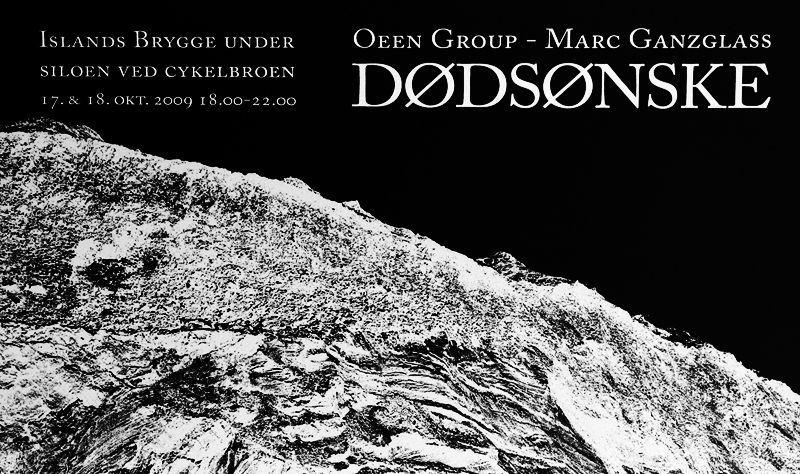
DANIEL BUREN
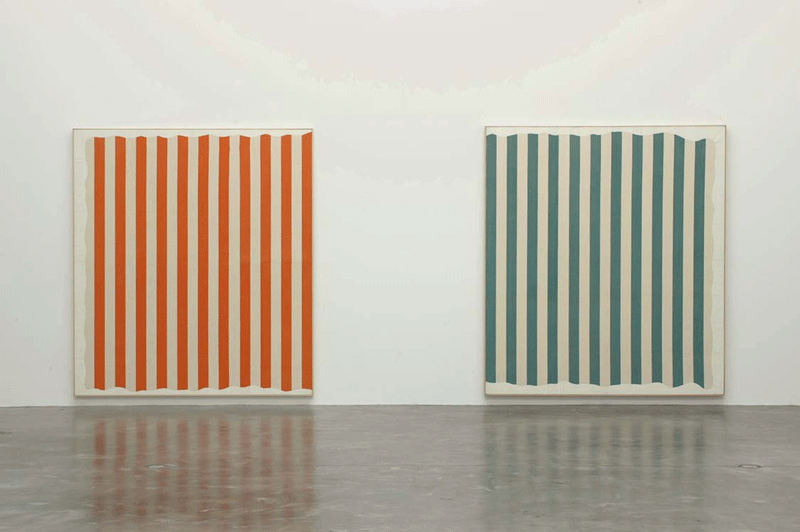
DANIEL BUREN
To Cut Out: Situated Words 1969-2009
Bortolami announces the opening of Daniel Buren, To Cut Out: Situated Works 1969-2009 on October 30th from 6-8 pm. The exhibition, the artist’s second at the gallery, will remain on view through December 22.
Since the mid-1960s, Daniel Buren has challenged the accepted canon and prescribed experience of art. His 2007 exhibition at Bortolami presented new situated work and the iconic early paintings of 1965-66: stretched woven, striped fabric (linen) – like mattress ticking or a shop awning-on which the artist added white borders or simply painted white in the white lines of the pattern. This work innovated a new direction beyond the ready-made, which had been the dominant expression for the avant-garde. The 2009 exhibition continues the chronological history of his work and shows new iterations of his approach and philosophy.
Buren has coined neologisms that literally redefine art. Understanding this vocabulary helps one to further understand the work, past and present. It includes:
Work in situ– “denotes a work made for a particular site, for a particular time and exhibited in this particular site, and therefore not transportable to another place.” Buren has also identified himself as an artist who “lives and works in situ,” thus implying that his concept goes beyond mere painting and emphasizes art as an experience and as life.
Situated work– “a work for the most part inspired by a particular location, but made with the intention that the very same elements of the original work can be reinstalled in different sites following a series of rules, changing each time in response to the given place. In turn, the site is changed by the work.” This includes his paintings in [x] parts from 1969 to the present, which will be on view in this exhibition.
Cabane éclatée– ‘exploded cabin’: begun in 1975, painting environments that have been “exploded,” turning a would-be two dimensional work into a disparate three-dimensional encounter. These are the ancestors of the colored-Plexi works that have been shown in site-specific installations around the globe over the past 20 years and outside Bortolami in 2007. They are also the predecessors of the Zigzag sculptures: one of his newest series, works made of MDF that add to an ever-expanding catalogue of forms and materials.
Visual tool– the sign of white and color alternating in stripes of exactly 8.7 cm. in width, as derived from the fabric he first used as a canvas in 1965. This functions as a tool in Buren’s work, as a standard or unit of measure of formal properties. Significantly, it is also an intended sign that serves as a constant within the wildly variable parameters and juxtapositions of any and all in situ and situated work since 1965 without exception.
Daniel Buren was born in 1938 in Boulogne-Billancourt, near Paris. His work is currently on view in the following exhibitions: Mapping the Studio, Palazzo Grassi, Francois Pinault Foundation, Venice; Armory’s 20th Anniversary Exhibition, One Colorado Courtyard, Pasadena Armory Center for the Arts, Pasadena, California; Sur le seuil dans la couleur, work in situ, Grand Palais, Paris, France; Modulation, works in situ, Neues Museum, Nuremberg, Germany (opening October 15). A permanent work in situ, Bleus sur Jaune, opened in June 2009, Place de la Justice, Brussels, Belgium. He had survey shows at the Guggenheim, New York (2005) and the Centre Pompidou, Paris (2002). His work is in private and public collections the world over. Buren has exhibited in the Venice Biennale more than 10 times and was awarded the Golden Lion for his French Pavillion in 1986. In 2007, he received the Premium Imperiale for Painting from Japan.
PAUL MORRISON
Studio Visit Tom Sanford
Here to stay

MOHS prents:
Jakob Tolstrup – Affex Ventura
Mathias Malling Mortensen – Michael Rytz
Mia Mäkilä – Elzo – Miss Lotion
Hvass&Hannibal – Anders Arhøj
Hidden Pleasure – Bothild Una Jensen
On View 1- danish

Anne Bennike, Nikolaj Recke, William Anastasi, Albert Mertz, Olafur Eliasson, Kristleifur Björnsson, Jeppe Hein, Søren Dahlgaard, Oyvind Fahlström, Gudmundur Ingolfsson, Gunnar Örn, Lone Mertz, William Anthony, Bella Angora, Cordy Ryman, Jes Brinch, Niels Erik Gjerdevik, Maj-Britt Boa, Tiina Elina Nurminen, Sigurgeir Sigurjönsson, Lidy Jacobs, Kristian von Hornsleth, Dove Bradshaw
